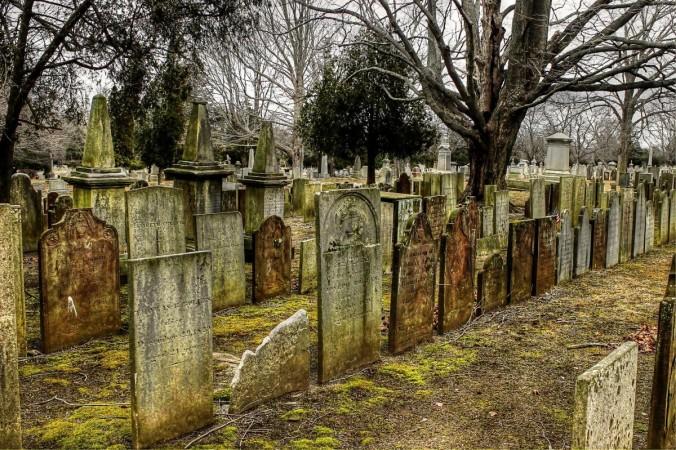In the mid-14th century, Europe was devastated by the Black Death, a huge pandemic that killed between 40 and 60% of the continent's population. Later waves of plague struck on a regular basis for several centuries.
Since the disease kills so quickly, there are no visible remains on the skeleton, making it hard for archaeologists to identify plague victims unless they were buried in mass graves.
But now based DNA examination of the teeth of people who died during this time period, researchers of the "After the Plague" project at the Department of Archaeology in the University of Cambridge, are able to identify the presence of Yersinia Pestis (the virus that causes plague). They conducted tests on people who were laid to rest in a parish cemetery and friary in Cambridge and the neighboring village of Clopton.

"These individual burials show that even during plague outbreaks individual people were being buried with considerable care and attention. This is shown particularly at the friary where at least three such individuals were buried within the chapter house. Cambridge Archaeological Unit conducted excavations on this site on behalf of the University in 2017," said lead author Craig Cessford of the University of Cambridge.
"The individual at the parish of All Saints by the Castle in Cambridge was also carefully buried; this contrasts with the apocalyptic language used to describe the abandonment of this church in 1365 when it was reported that the church was partly ruinous and 'the bones of dead bodies are exposed to beasts'."
The investigation also suggests that some plague fatalities in Cambridge did, indeed, get mass burials. Since it is possible to identify individuals who died from the plague and received individual burials, it improves understanding of the plague and shows that even in incredibly traumatic times during past pandemics people tried very hard to bury the deceased with as much care as possible, said Cressford.

















